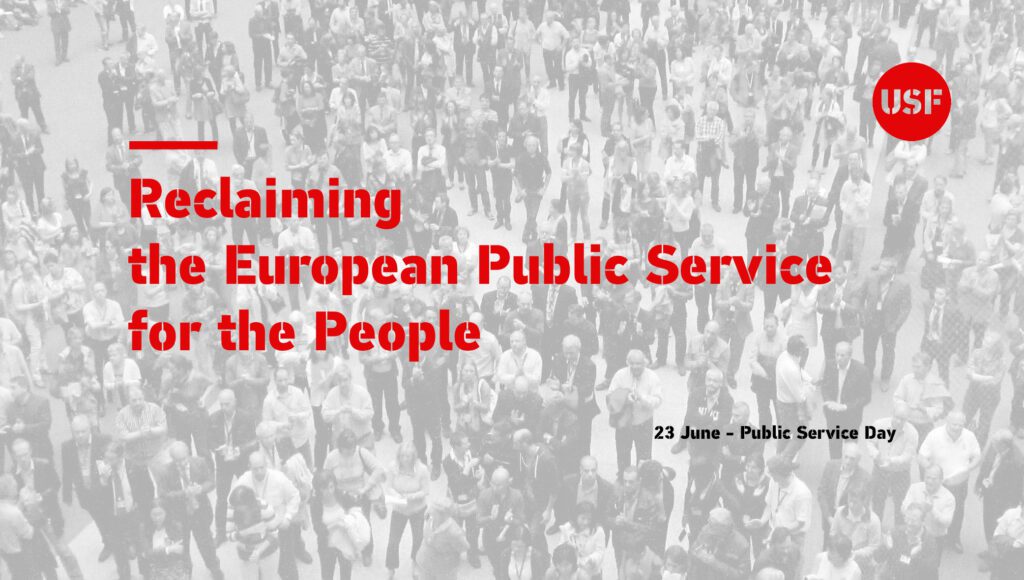See It. Name It. Stop It! is the title of a video and an information-action webpage which makes interesting reading, and there’s a quiz on “how sexist are you?” for International Women’s Day – for SACE, these are good awareness-raising tools to help us think about our own attitudes and behaviour. “Ordinary” sexism is composed of small, everyday reflexes – how many times when you read a non-gender specific name in an email do you automatically think it’s a man, for instance?
According to a newly released United Nations Development Programme (UNDP) Gender Social Norms index, 28% of the world’s men and women think it is justified for a man to beat his wife. The index measures how social beliefs obstruct gender equality in politics, work and education, and contains data from 75 countries, covering over 80% of the world’s population. It also shows that almost 90% of men and women hold some type of bias against women and that while in some countries there have been improvements, in others, attitudes have worsened in recent years, so progress can’t be taken for granted.
The Council of Europe’s Gender Equality Division acts on combating stereotypes, preventing and combating violence against women, guaranteeing equal access of women to justice, balanced participation in decision-making and gender mainstreaming, as well for as migrant and refugee women and girls. It works to ensure the mainstreaming of gender equality into all Council of Europe policies. The Gender Equality Strategy 2018-2023 is a solid roadmap for progress and an interesting read.
In-house, SACE participates in the Equal Opportunities Board which met in January. An interesting aspect of this meeting was the presentation of a comparative table on trends in different international organisations, which showed more or less the same tendencies: women are more likely to have precarious contracts, work part-time (much) more often than men and have more recourse to teleworking. So work-life balance measures should be reinforced, and without discriminating against anyone, should particular attention should be given to the needs of working women. Temporary staff need to have the same possibilities of flexible working time, for instance. Gender statistics are published by Human Resources. A glance at the first table shows the unmistakeable rise in the male-dominant distribution of posts as grades rise. For instance, from over 80% of women in B1/B2/B3 grades, the percentage falls to just 36% for A5/A6/A7s. In June 2019 the new People Strategy 2019-2023 was adopted. One of the five key objectives is “Equal Opportunities and diversity”, underlining the relevance of diversity in the workplace. Diversity is of course much broader than equality between women and men, but they are totally interconnected. SACE hopes this will help our Organisation finally to achieve real equality.
So in the world and in our House, things have not moved quickly in the 25 years since the Beijing Declaration, or since the adoption of the Council of Europe’s first in-house Equal Opportunities Policy in 2004. There are even backlashes and backsliding in some of our member states, and lack of definitive progress everywhere.
There are currently a number of A5/A6 posts vacant and of course a new deputy secretary general will be elected this year. The outcome of these recruitment procedures will be interesting, and we really hope to see an increase in the embarrassing 36% of women in top management.
With the second woman Secretary General in the history of the Council of Europe (out of fourteen, that’s only 14%!), with a brand new People Strategy, with an Equality Division leading Europe in forward-looking policies, awareness-raising and action, and with the wealth of competency and experience of our female colleagues, SACE says that gender equality in the Council of Europe should be a reality, NOW!




